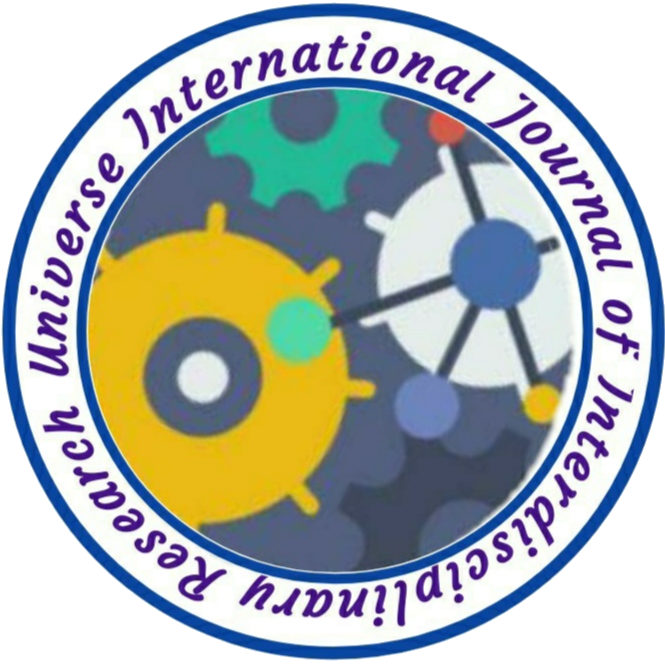BIOSORPTION STUDIES ON CU(II) IONS USING POWDERED LEAVES OF HIBISCUS ROSA-SINENSIS AND TABERNAEMONTANA DIVARICATA AS ADSORBENTS
Author Name: 1. R.Rabena 2. R..Ajitha
Volume/Issue: 03/11
Country: India
DOI NO.: 08.2020-25662434 DOI Link: https://www.doi-ds.org/doilink/05.2023-44971182/UIJIR
Affiliation:
- Mphil Scholar, Department of Chemistry, Women’s Christian College, Afflicted to Manonmaniam Sundaranar University, Tirunelveli, Tamil Nadu, India.
- Assistant professor, Department of Chemistry, Women’s Christian College, Afflicted to Manonmaniam Sundaranar University, Tirunelveli, Tamil Nadu, India.
ABSTRACT
The commonly used process of heavy metal removal is chemical precipitation, electro winnowing etc., in this study low-cost biosorbents such as the leaf powders of Hibiscus rosa-sinensis and Tabernaemontana divaricata were used for the study of Cu(II) metal ions removal. The experiment was performed by using batch experiments. The effect of concentration, dosage, and time variations was checked. According to the results highest percentage of adsorption attained by Hibiscus rosa-sinensis was 95% at 750mg dosage of adsorbent and time of contact at 30 min. The regression value is indicating that the order of all used isotherm models such as Freundlich, Langmuir and Temkin. The characterization of adsorbents was done by using FT-IR spectral analysis.
Key words: Biosorption, Biosorbent, Batch experiment, characterization, isotherm

No comment